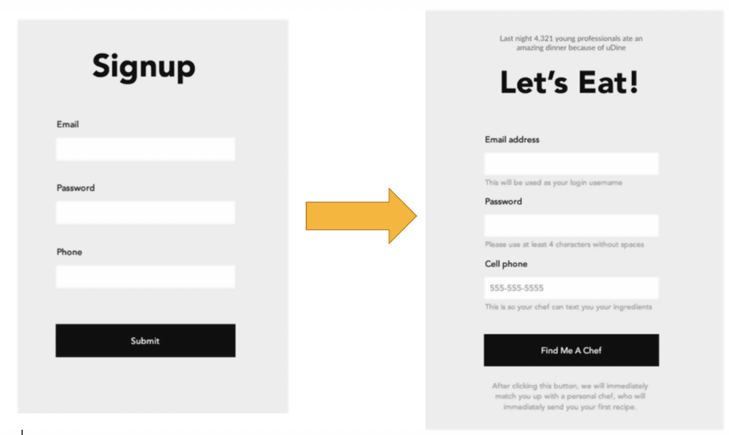Nowadays every site that is up to date, has both static and dynamic pages.
Static pages are the pages that only feature content that was created by you.
Common Static pages:
-
- FAQ
- Marketplace default page
- About us
- Terms of Service
Dynamic pages, meanwhile, feature content where your users bring their own input.
The search page displaying listings is a dynamic page.
Common Dynamic pages:
-
- Marketplace after being filtered according to the customer’s input.
- Content Library.
Therefore dynamic microcopies are being used in UX writing in order to encourage action from the customer’s side when they are visiting the dynamic pages.
(For example, when a customer is filtering the products in your store section)

Why It Is Important to Have a Dynamic Microcopy?
When working with SaaS microcopy, changing your microcopy style (between dynamic and static) is an important part of deciding how your marketplace works. It allows you to set the voice in which you will be speaking with your readers and users: whether you prefer to be calm and polite, kind and friendly, or playful and funny.
In Flex, the term microcopy refers to short written texts scattered around a dynamic page’s interface; button labels, error messages, and help texts are all examples. They are textual, brief (a sentence or two), and highly contextual.
Summary
A microcopy should not only read well and interact with the reader, but it should also deliver a clear message and what kind of action the reader is expected to take.
This aspect is even more important for commercial content, intended to drive conversions on digital platforms. Often the entire point of the copy is to drive the user to “sign up” to “buy now,” or to “let us know how to contact you.” The entire point is to get the user to take some action, which in the real world means having them fill out and submit a form.
